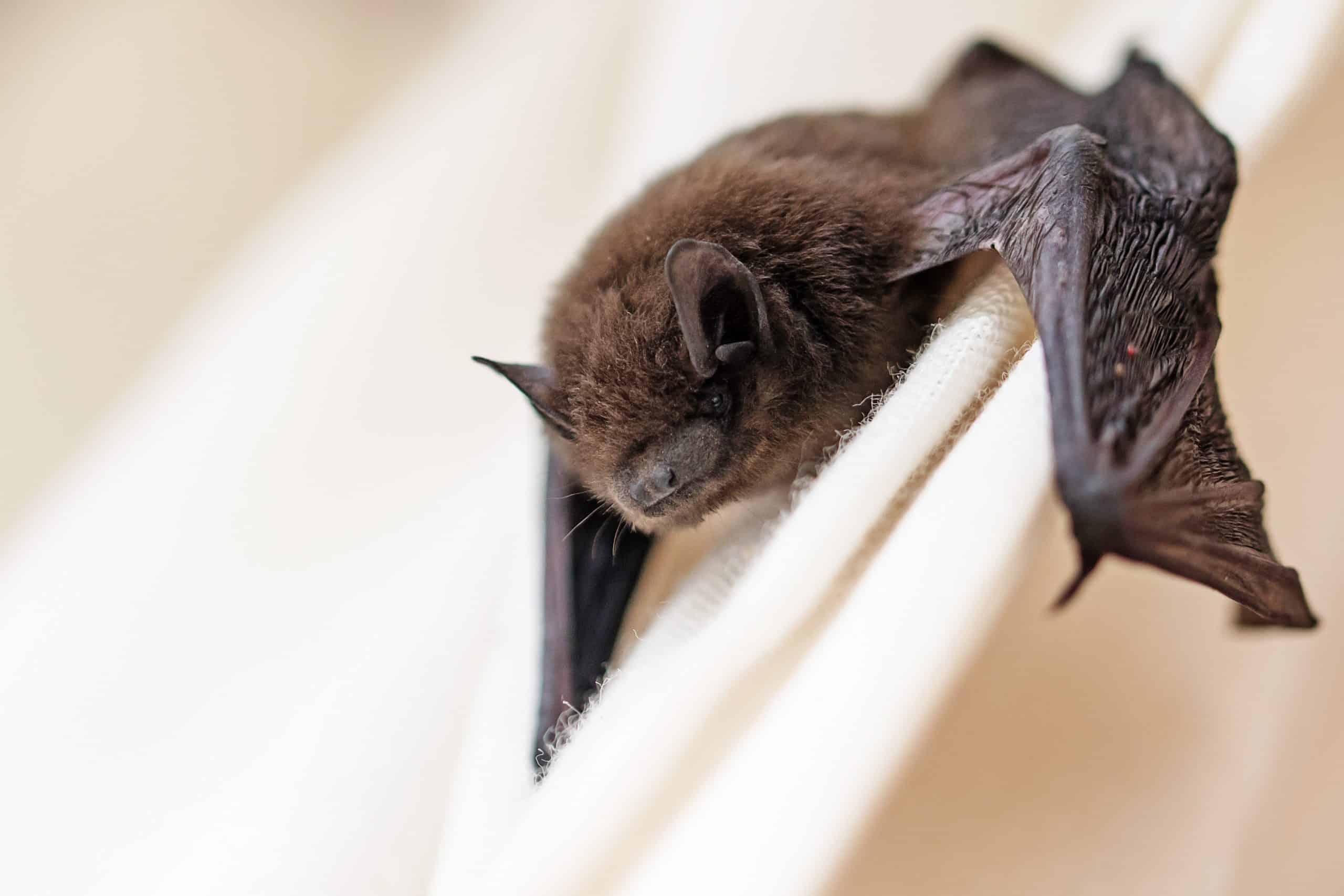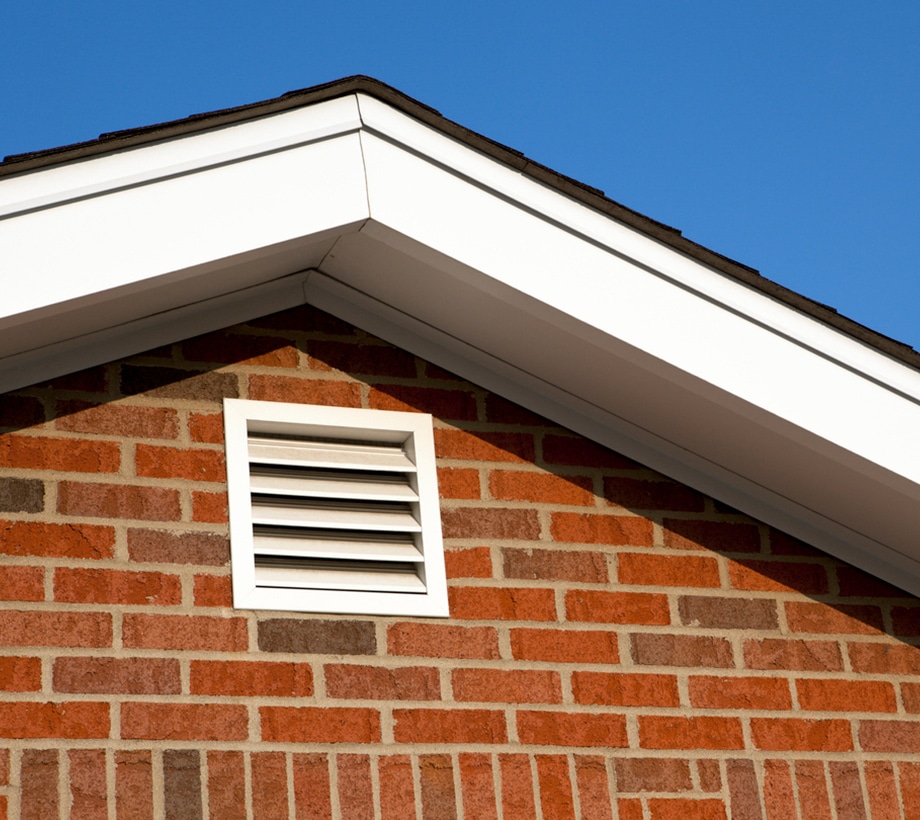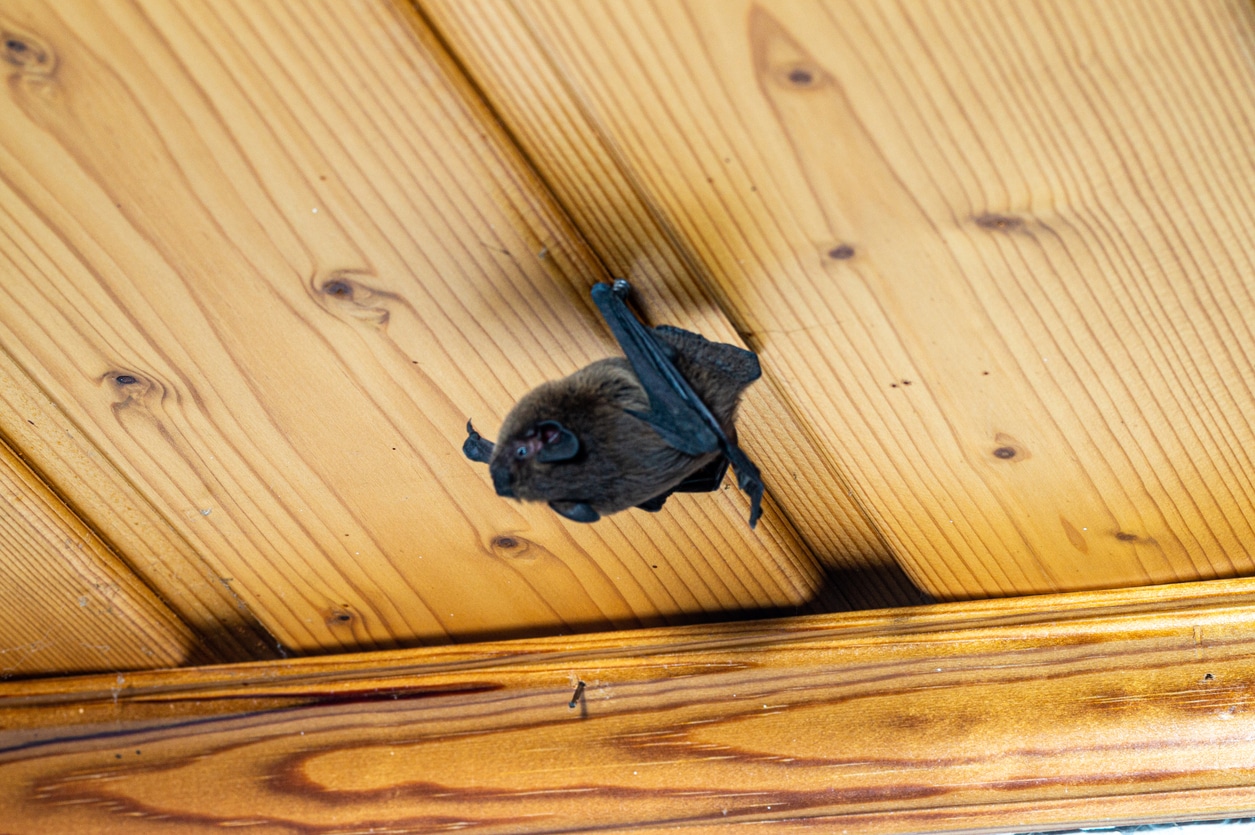
Bat Removal Services in Ann Arbor, Michigan
Safe & Effective Bat Removal for Homes & Businesses
Bats in the attic are a common issue for homeowners in Ann Arbor. The city’s tree-lined neighborhoods and older homes provide ideal conditions for bat colonies to take up residence. A bat problem can lead to unpleasant odors, property damage, and serious health risks. If you hear scratching noises at night or notice droppings accumulating near roof vents, it’s time to contact a professional bat removal company.
Humane bat removal ensures bats leave the home without harm while preventing re-entry. Our pest control company specializing in bat exclusion seals off entry points, removes contamination, and implements long-term prevention solutions. Contact Creature Control today for humane bat control in Ann Arbor.

Signs of Bat Infestation in Ann Arbor Homes
Bats are nocturnal and prefer dark, enclosed spaces. Homeowners may not immediately realize an infestation has developed. Some warning signs include:
- Scratching or fluttering sounds in the attic at night
- Droppings near vents, windows, or attic entry points
- Strong ammonia-like odors caused by bat guano and urine
- Dark stains around roof gaps or vents from bat activity
- Seeing bats fly near the home around dusk or dawn
- Sudden pest problems due to insects attracted to bat waste
- Visible dead bats in or around the property
Recognizing the early signs of bat infestation helps prevent further structural damage and health risks.
Where Bats Are Commonly Found in Ann Arbor Homes
Bats enter through small openings and find hidden spaces to roost. Certain areas of the home provide the conditions needed for a bat colony to thrive.
- Attics with warm, dark spaces for nesting
- Chimneys that offer protection from predators
- Roof vents with damaged or missing covers
- Eaves, soffits, and fascia boards with small openings
- Loose siding or shutters with gaps for shelter
- Garages, sheds, and barns with minimal human activity
Identifying potential entry points helps prevent bats from establishing a long-term presence inside the home.

Our Bat Removal Strategy
Why You Want to Get Rid of Bats Quickly
A bat infestation causes more than just inconvenience. If left unaddressed, it leads to significant health risks and property damage.
Bat guano carries fungal spores that can cause histoplasmosis, a respiratory disease. The strong odor from droppings and urine can spread throughout the home, affecting indoor air quality. Bats in the attic may also contaminate insulation, increasing the risk of costly repairs.
Taking action quickly prevents further contamination, reduces the risk of exposure to bat-related diseases, and minimizes the chance of bats entering living spaces.
What Is a "Check Valve" for Bats?
The purpose of a check valve for bats is to ensure their safe and humane removal from your home by allowing them to exit but preventing re-entry. This process must be carefully timed, especially if there are juvenile bats involved. If installed too early in the season, usually before mid-August, juvenile bats that can’t fly yet might be trapped inside and starve if their mother can’t return.
Therefore, it’s best to complete bat exclusion work between April and June or after mid-August once young bats can leave the attic. If you have bats in your attic, contact Creature Control to install check valves at the appropriate time and minimize the risk of bats entering your living space, especially before the colder months.
Ann Arbor Bat Control FAQs
Bats are known carriers of diseases, including rabies and histoplasmosis. Rabies transmission to humans is rare, but if a bat bites a person or pet, immediate medical attention is necessary. Histoplasmosis is a fungal infection caused by inhaling spores found in bat guano, leading to respiratory issues.
Beyond health concerns, bats can cause significant property damage. Their droppings corrode wood and drywall, while urine leaves stains and strong odors. Bats in the attic may contaminate insulation, wiring, and stored belongings. The longer bats remain in a home, the greater the damage and health risks become.
The most noticeable signs of a bat infestation include unusual noises and strong odors. Homeowners may hear scratching, chirping, or fluttering sounds at night as bats move within walls or attic spaces. The smell of ammonia from accumulated guano is another strong indicator.
Visual signs include grease marks near roof vents, eaves, or cracks where bats enter and exit. Droppings may be found in concentrated areas near entry points, along windowsills, or in the attic. If bats are frequently seen flying near the home at dusk, they may be roosting nearby.
The bat removal process varies depending on the size of the infestation and how many entry points need to be sealed. Most cases take anywhere from a few days to several weeks.
The first step is identifying all entry points and installing one-way exclusion devices. These devices allow bats to leave but prevent them from coming back in. Sealing additional openings ensures bats do not return. A follow-up inspection confirms the exclusion was successful before full batproofing is completed.
Preventing future infestations requires sealing all gaps and openings that serve as bat entry points. Roof vents, soffits, chimneys, and fascia boards should be inspected and reinforced with exclusion barriers or mesh covers. Any damaged siding or loose panels should be repaired to eliminate hiding spots.
Installing a bat house on the property provides an alternative roosting site, reducing the chances of bats attempting to enter the home again. Routine inspections help detect early signs of bat activity before an infestation develops.
Bats can cause extensive damage if they are left undisturbed in a home. Guano buildup eats away at wood and drywall, while moisture from droppings and urine can lead to mold growth. Insulation contamination reduces energy efficiency, increasing heating and cooling costs.
Electrical wiring is also at risk, as bats may contaminate insulation and it may create fire hazards. The longer a colony remains in an attic, the more damage accumulates. Professional bat removal and exclusion prevent further deterioration and costly repairs.
Prevent Bat Damage: Contact the No. 1 Bat Removal Company in Ann Arbor
Bats in the attic create long-term risks if not properly removed. Our pest control company specializes in humane bat exclusion and provides the safest, most effective solution. Removing bats while preventing future infestations helps protect the home and those inside it.
Contact Creature Control today for professional bat removal services in Ann Arbor.